Fairs & Carnivals of Martham (1480 to 1940)
The wonderful Village Green in Martham has been used for fairs, carnivals and sports since the earliest of times.
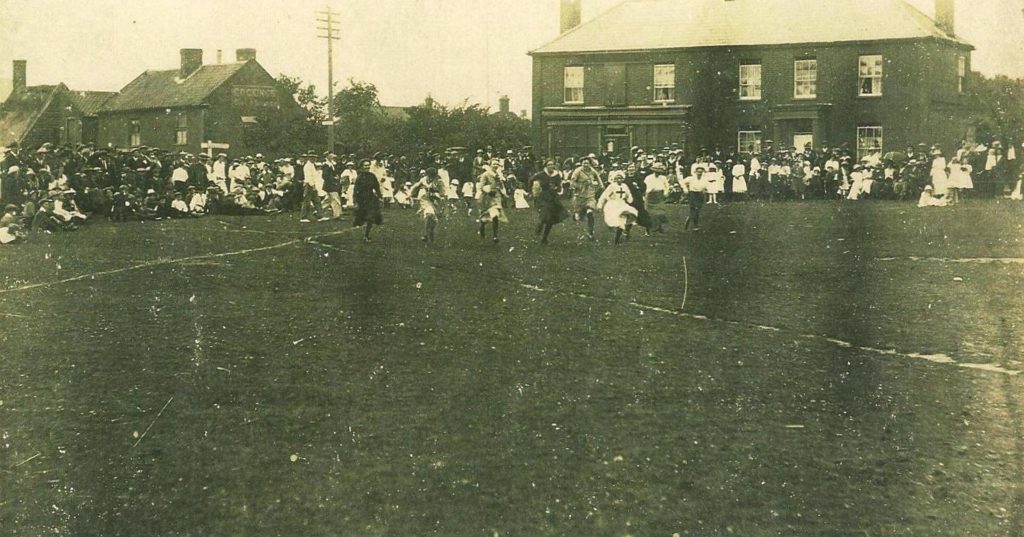
The earliest official record of a fair being allowed to be held in Martham dates back to 17th July 1480 when King Edward IV (1461-1483) gave permission to John the Prior of Norwich Cathedral for a fair to be held at Martham on 5th & 6th days of August each year. This is the actual wording recorded in the Calendar of the Patent Rolls 1476-1485*, at the time:

In 1778 a newspaper advert shown below announced when the fair was to be held.

William Rising (1769-1846), farmer, of Somerton and Martham and the largest landowner in his time describes attending Martham Fair on 25th July 1815 in his farming diary.
Fairs were not always approved of by the upper classes and the church and we get one man’s view of Martham fair in Robert Porter’s little book “The Strangers Guide Book for the Polite Village of Martham” which was published in 1830 and in which he describes the fair as follows:-
“In Martham, a fair is held on the last Tuesday and Wednesday of July, annually, which is fully attended by people of a certain class from the neighbourhood as well as light fingered and (was tailed?) gentry from Yarmouth and elsewhere, that like misery in the Proverb, being many acquainted with strange bedfellows, and by no means tend to aid in improving the morals of the residents – this is held on The Green, and the Lord’s deputy provides the materials for buildings stalls, booths in remuneration for which, and for the standing – the Lord’s receipts are about £10 which are collected amongst those who attend the fair, either to sell or exhibit.”
Most fairs started out as markets with the primary purpose of trade but they typically included some elements of entertainment, such as dance, music or tournaments. Both fairs and markets were important occasions in social life. According to White’s Directory of 1836 Martham’s fair was also used as a horse fair whilst hiring fairs for servants were held on about 25th March (Lady Day) and on 29th September (Michaelmas) but by 1846 Hunt’s Directory reported that Martham’s fair was ‘chiefly for pleasure’.
Some annual fairs provided a chance for landowners to employ new hands who were often employed on an annual agreement. So, these occasions steadily became hiring fairs. Some of these fairs attracted other popular trappings and they turned into major feasts and gained reputations for drunkenness and immorality.
By the mid 19th century religious condemnation and public opinion, that had turned against hiring fairs, was being widely voiced and consequently the local elite and the church began to take action to get fairs banned. This resulted in an Act of Parliament being passed in 1871 empowering the Secretary of State for the Home Office, on petition, to make orders for the abolition of fairs. Ratification of a request for abolition was not, however, a foregone conclusion. Martham’s fair was a case in point. It received official authorisation for abolition in 1872 on the recommendation of the Magistrates. The Lord of the Manor, however, later claimed that his consent had not been obtained and the order was rescinded, allowing the fair to continue. After a short lapse, the annual fair was revived in July 1876 and was held over a Tuesday & Wednesday and was said to have include gingerbread and nut stalls, two roller coasters and a steam roundabout.
Nevertheless, a record in the National Archives says the fair was finally abolished in 1900.
Officially abolished or not it seems the popularity of these events or something like them continued especially during the inter-war years. Fairs in the form of professionally provided coconut shies, helter-skelters and bumper cars continued to visit the village based on a circuit that included Acle, Potter Heigham and Great Yarmouth as well as Martham. The old time hiring and trading fairs evolved into events that included carnivals and processions, sometimes including sporting or games. In 1936 and 1938 a full programme of events took place including the crowning of a carnival King and Queen. These are photos from carnival events in 1936 and 1938.
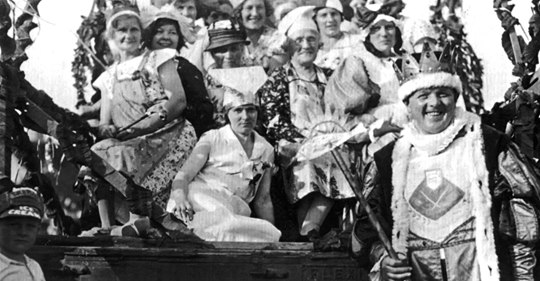
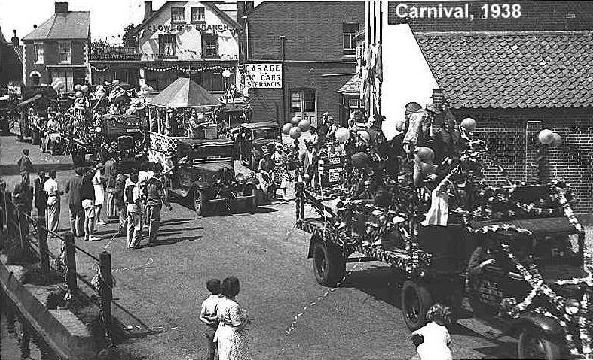
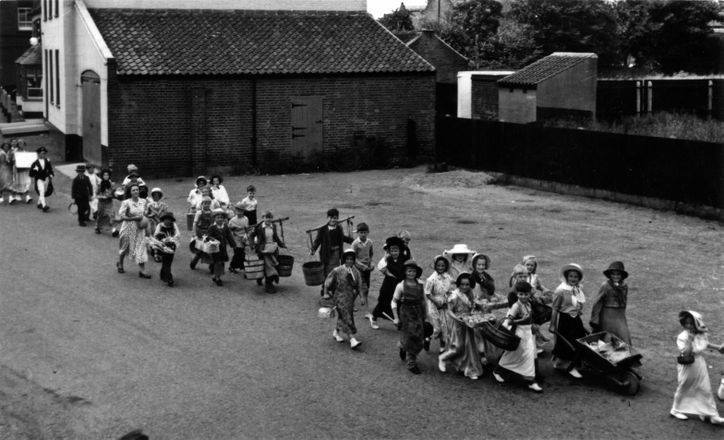
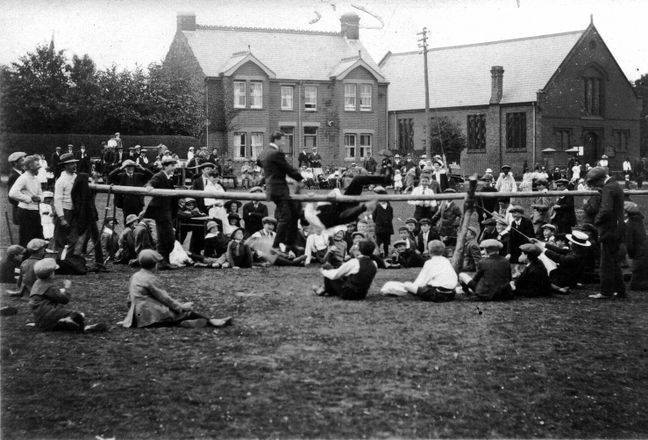
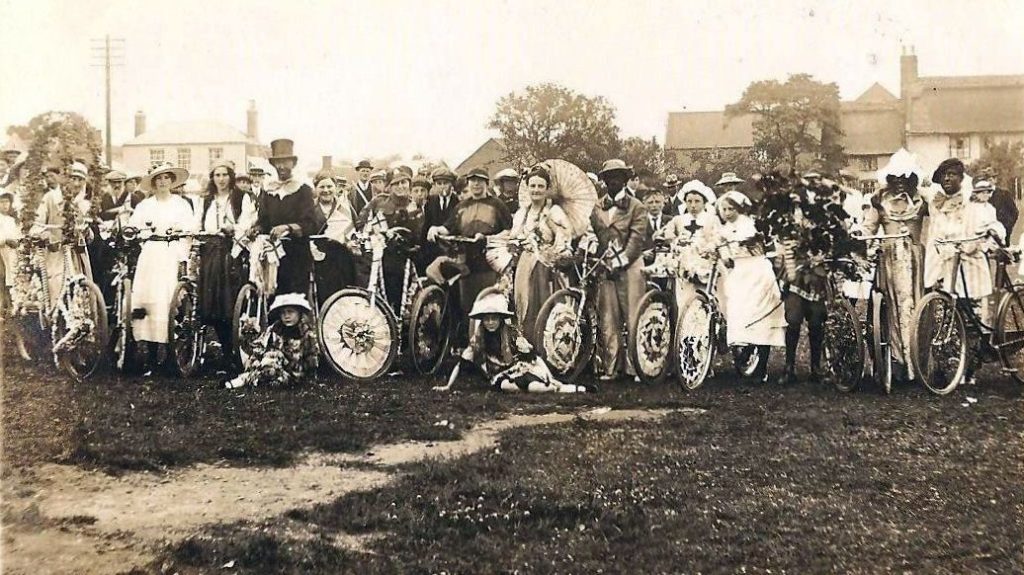
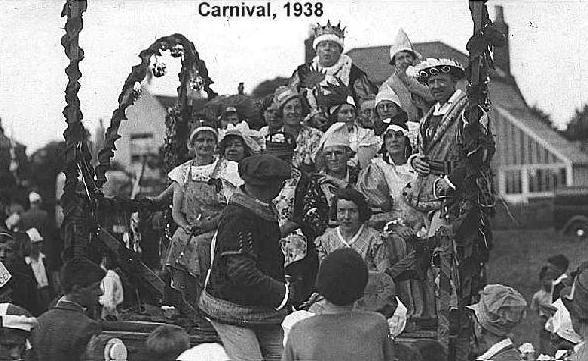
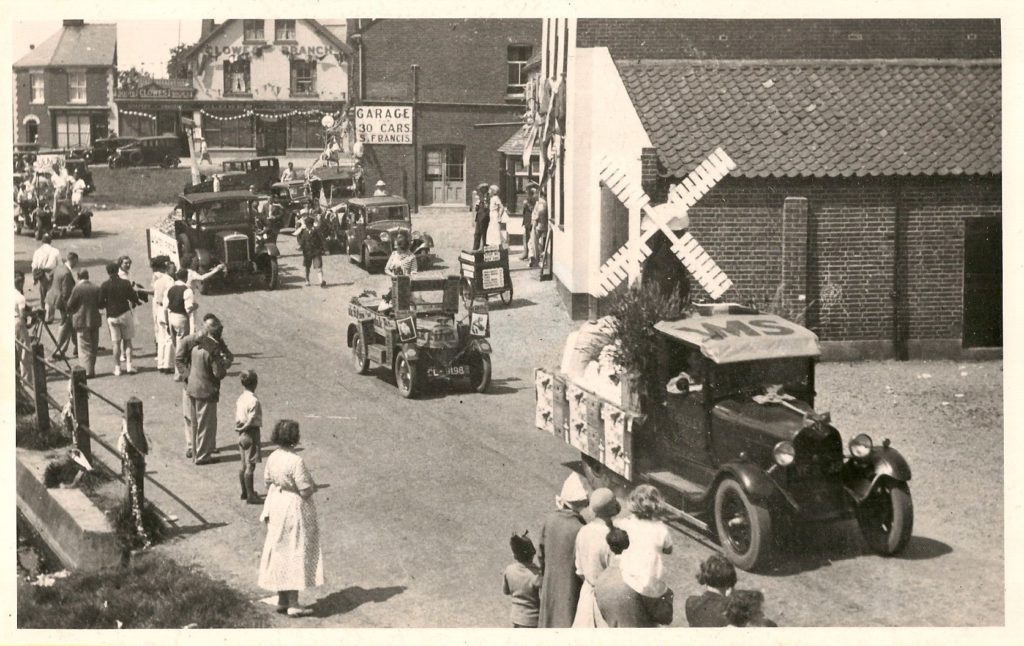
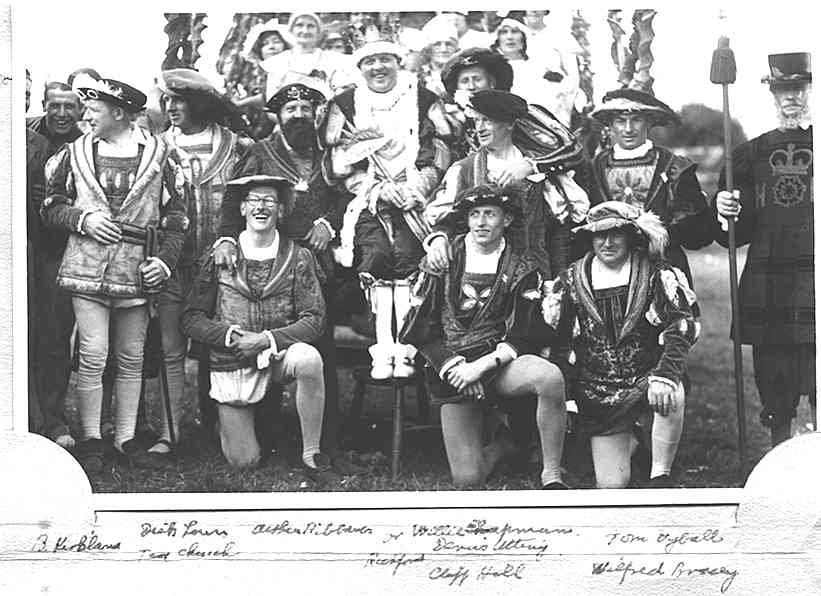

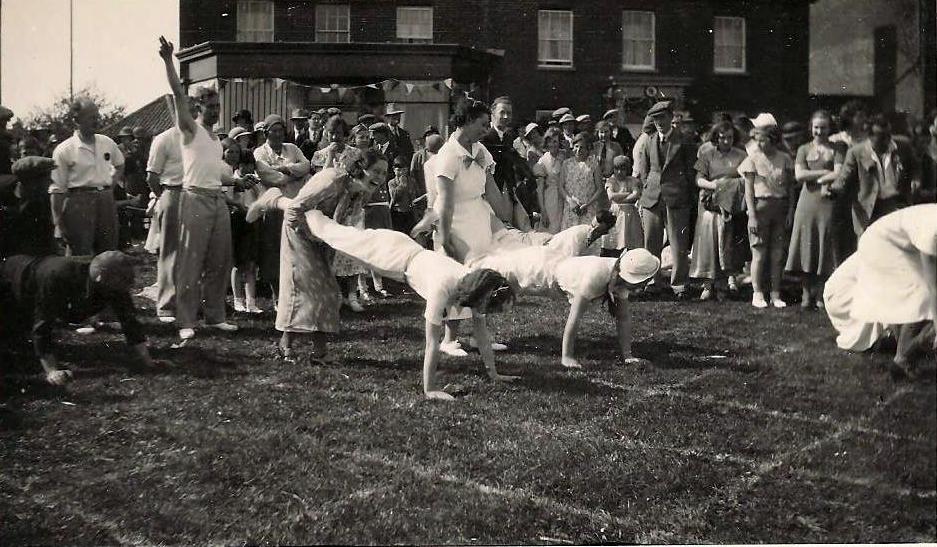
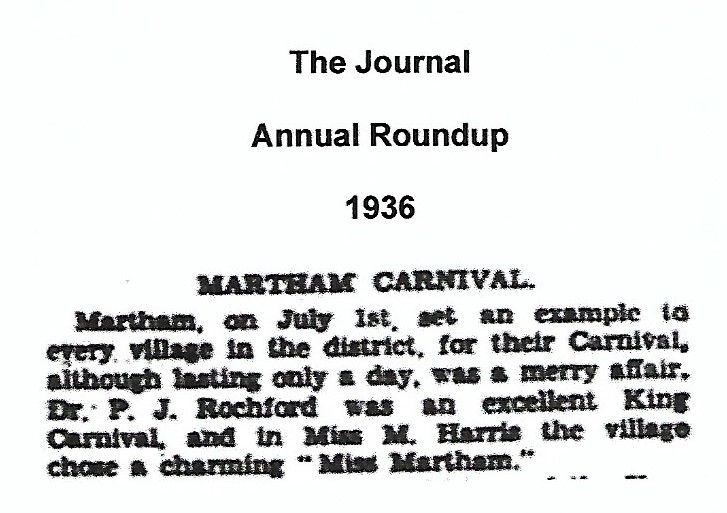
Photographs
- You can see extracts from the programmes for 1936 & 1938 in the album below. Hover your mouse over any photo for information or click on it to zoom in and from there you can scroll through any you want.
- You can also see a film of the 1938 Carnival from the ‘Martham Stories’ series by clicking HERE.
*The calendar of patent rolls comprise a register of the permissions and grants issued by the King confirming the sovereign’s agreement on a wide range of matters of public interest, including – but not restricted to – grants of official positions, lands, commissions, privileges and pardons.
A court of piepowder was a special tribunal in England held in front of the Steward acting on behalf of The Lord of the Manor.
Sources:
“The leisure activities of the rural working classes” by Carol King M.A. (2015)
Bob Warnes.
Martham Stories by Martin Sercombe.
TNA, HO 45/9953/B32294 Fairs: Martham Fair. Abolition 1900